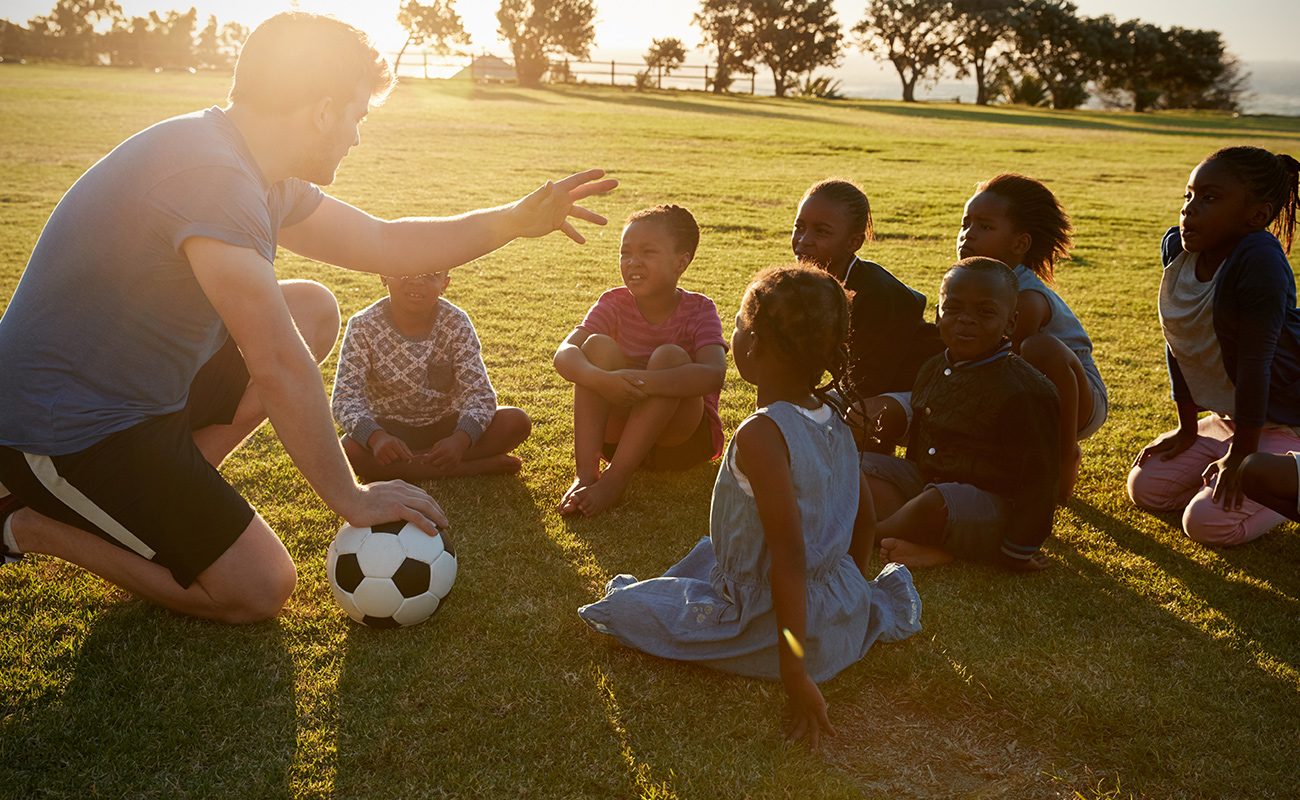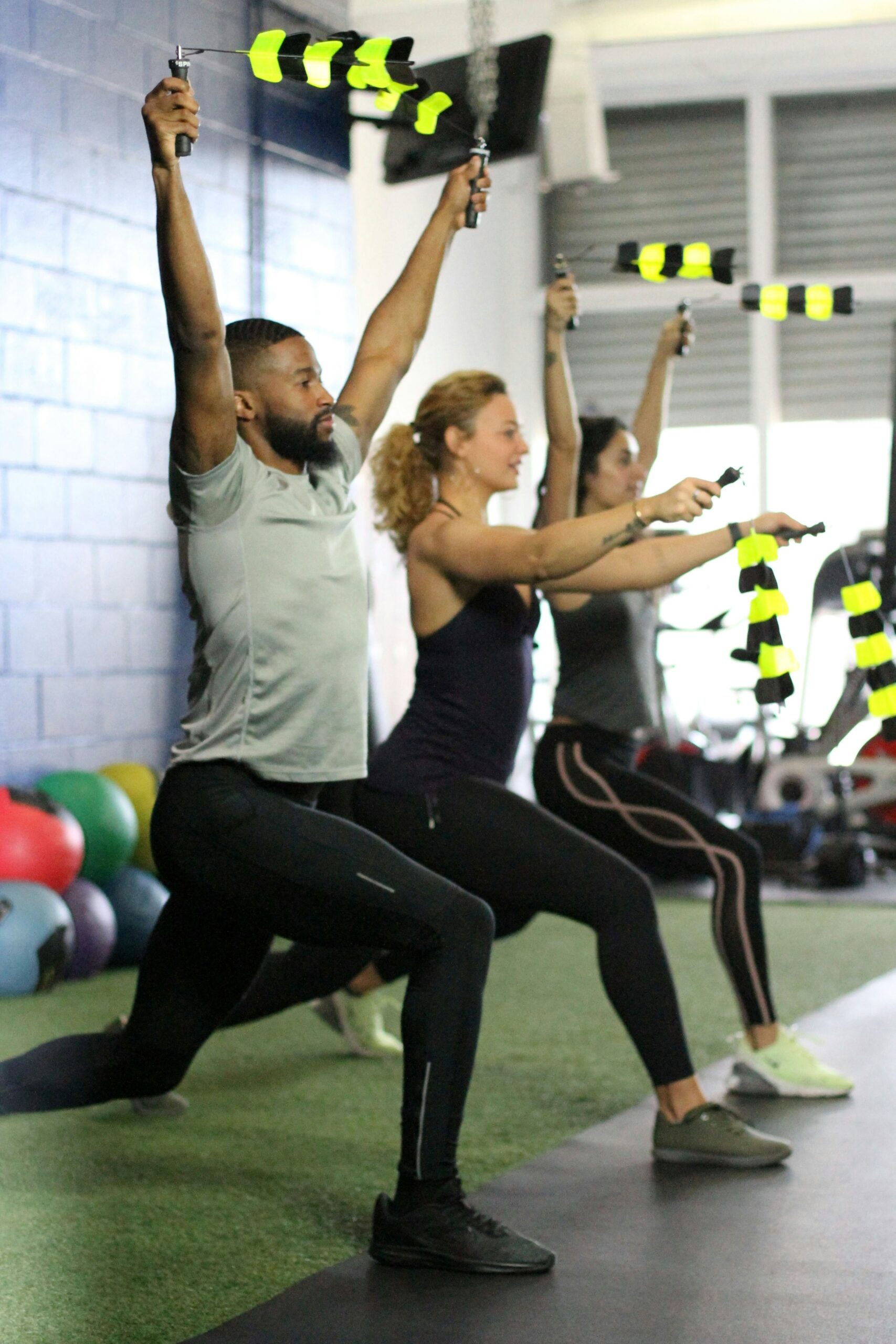Sole Purpose: Attaining Self-Actualisation

In my last blog I started to talk about the philosophical underpinnings of physical literacy.
The subject of physical education on the other hand is only a small part in terms of years of ones persons physical literacy journey. With this in mind, the aim of physical education and physical literacy is to attain self actualisation – the motivational theory (Maslow, 1954) that links self fulfilment with our own embodied dimension and our own embodied potential as a learner.
The unique subject of physical education remains in the curriculum for the right reason.
Before, I get to the right reason, let’s discuss some of the common misconceptions of why physical education is a subject in schools today. It is pertinent to look to Arnold (1978) and his three reasons presented to government for physical education as a worthy subject in todays schools.
The three themes: education about movement, education through movement and education in movement.
Firstly, education about movement leads teachers to generally take on the teaching approach of instrumental, (Skemp, 1987) dictating and educating children on the anatomy, sociology and aesthetics in a physical education lesson where physical activity is at a high. This could be as simple as referring to the raising of ones core temperature and blood flow (anatomy), or the finesse of striking a football to curve the ball in top right hand corner (aesthetic). However, wether or not these fleeting claims can be translated to significant knowledge and understanding in a cross-curricular and physical educational sense is dubious (Whitehead, 2013). Whitehead goes on to argue that this should not stop teachers announcing propositional knowledge in practical situations, encouraging children to think about thinking (metacognition). Moreover, the teachers require knowledge about movement in order to aid children in their discovery and execution of learning skills.
Secondly, education through movement poses the dangers of not developing any of the elements accept physical competence. The social benefits and moral benefits are highly intuitive to ones embodied potential as a human. However, it is the teacher that can shape a persons education through movement by enabling ldren to think independently with a learner centred approach. In turn, another danger opposes education through movement as participation is loosely used as a way of educating children. It is not only enough to be active or participate in a lesson; there must be some learning involved! Ofsted, will look not at those who are gainfully aware of the activity and skills but will seek to engage with those children whom are in the midst of their learning.
Also, education through movement incorporates a sense of dualism, as the physical attributes of movement are kept separate from the mental attributes.
Thirdly and lastly, Arnold (1979) discusses education in movement which regrettably has been left at the way side over the last 20 years, as physical educationalist have focused on teaching and mentoring children in an education about movement and an education through movement (Whitehead, 2013). This theme relates to three sub filters that describe physical activity, sport and extra curricular activities and the engagement and satisfaction. Lastly, leading to self actualisation and actualisation of ones self. The fun element is often stressed as important for children to gain satisfaction and enjoyment. However, the fun element is not enough to justify the inclusion of physical education as a subject in the National Curriculum, as children are deemed to gain reward and experiences from pleasure. Teachers are not just entertainers! Therefore, the fun element should be overruled with the learning coming from children understanding themselves as humans who are embodied, gaining satisfaction in exploring and enjoying ones embodiment and embodied potential as a human.
In turn physical education should align itself with physical literacy and make direct reference to a curriculum of education in movement encompassing the monist view of each person as embodied. The mental and physical attributes of one person’s embodiment should not be compartmentalised but be joined in unison for better or for worse in a persons character and disposition. We as humans are embodied and have an embodied potential (Whitehead, 2013). This alone is the sole reason why teachers in school should teach physical education. It is the search for self actualisation that should drive the teaching behind the learning of children, in order to push the boundaries of each child’s embodied potential.
On a side note, there has been a lot of talk on girls that are unhappy in school and through physical education this can be changed. I hope my above analysis of Whitehead (2013) drives you away from this dualist view of emotional and social entities being separate from the physical entity. It can be argued that the love and belonging needs for girls in school must be boosted to increase self-esteem (Maslow, 1954) for each girl to realise and enjoy moving in their own embodiment.
In my next blog, I will talk about how education in movement can be linked to assessment in physical education. Until next time, stay active, think active and be one with your own embodiment.
References:
Arnold, P.J. (1979) Meaning in Movement, Sport and Physical Education. London: Heinemann.
Maslow, A. (1954) Motivation and Personality. New York: Harper and Row Publishers.
Skemp, R. (1976) ‘Relational Understanding and Instrumental Understanding’, Mathematics Teaching, 1(77), pp. 20-26.
Whitehead, M. (2013) ‘What is the education in physical education?’, in Capel, S. and Whitehead, M. (eds.) Debates in Physical Education. London: Routledge. pp. 22-37.



